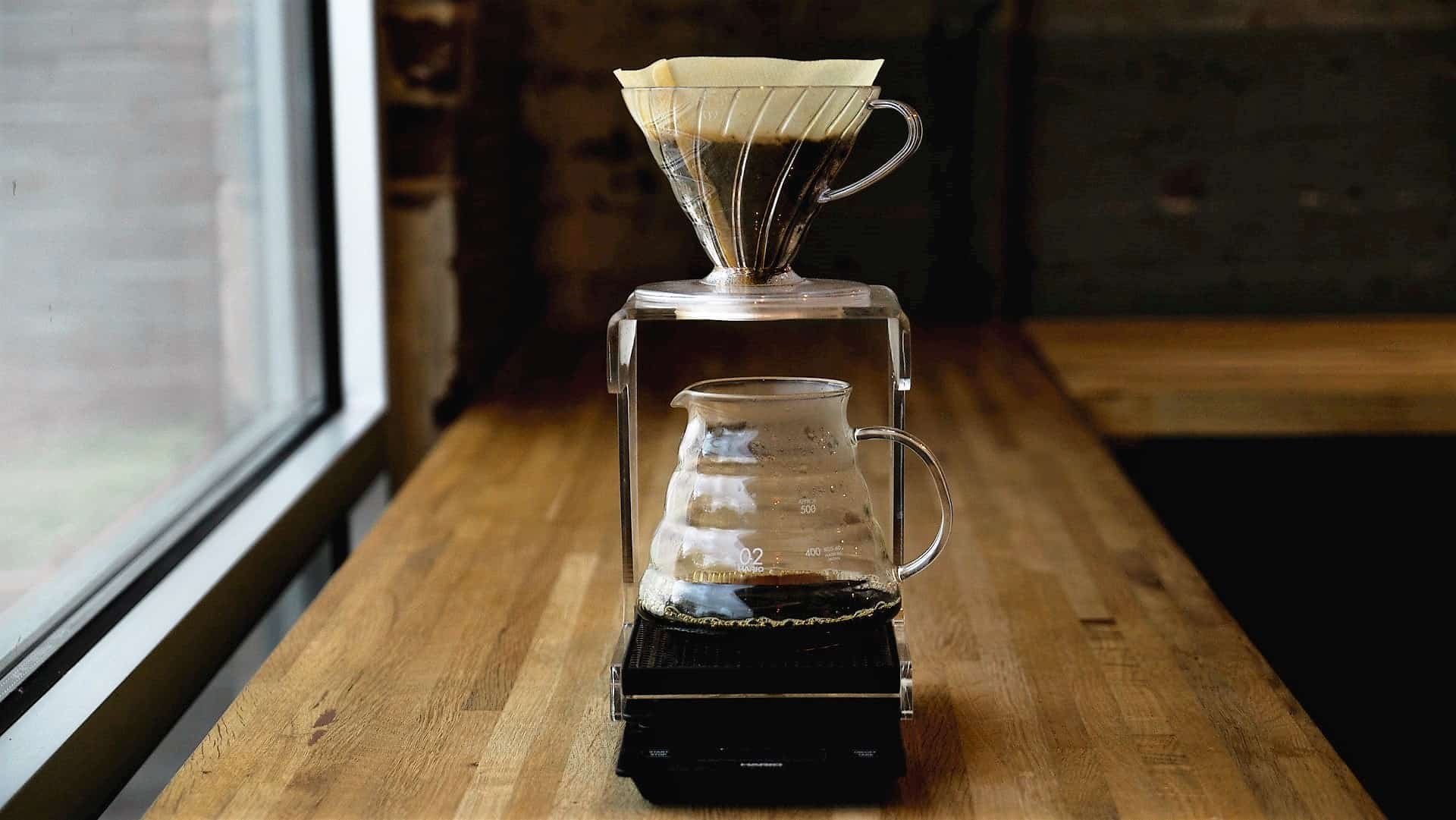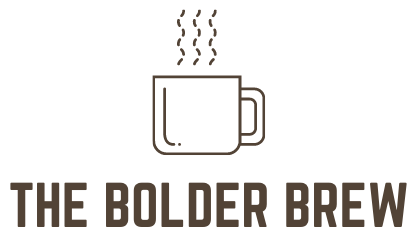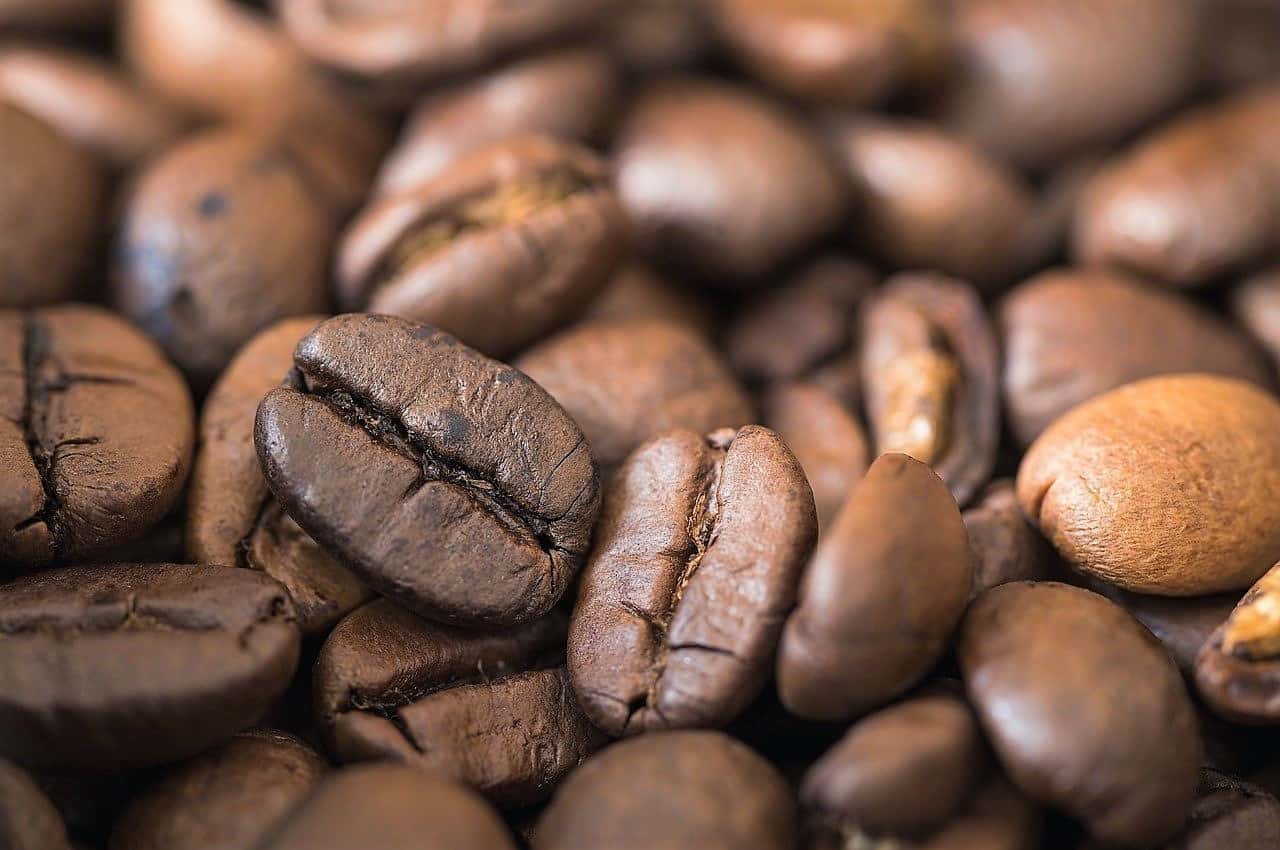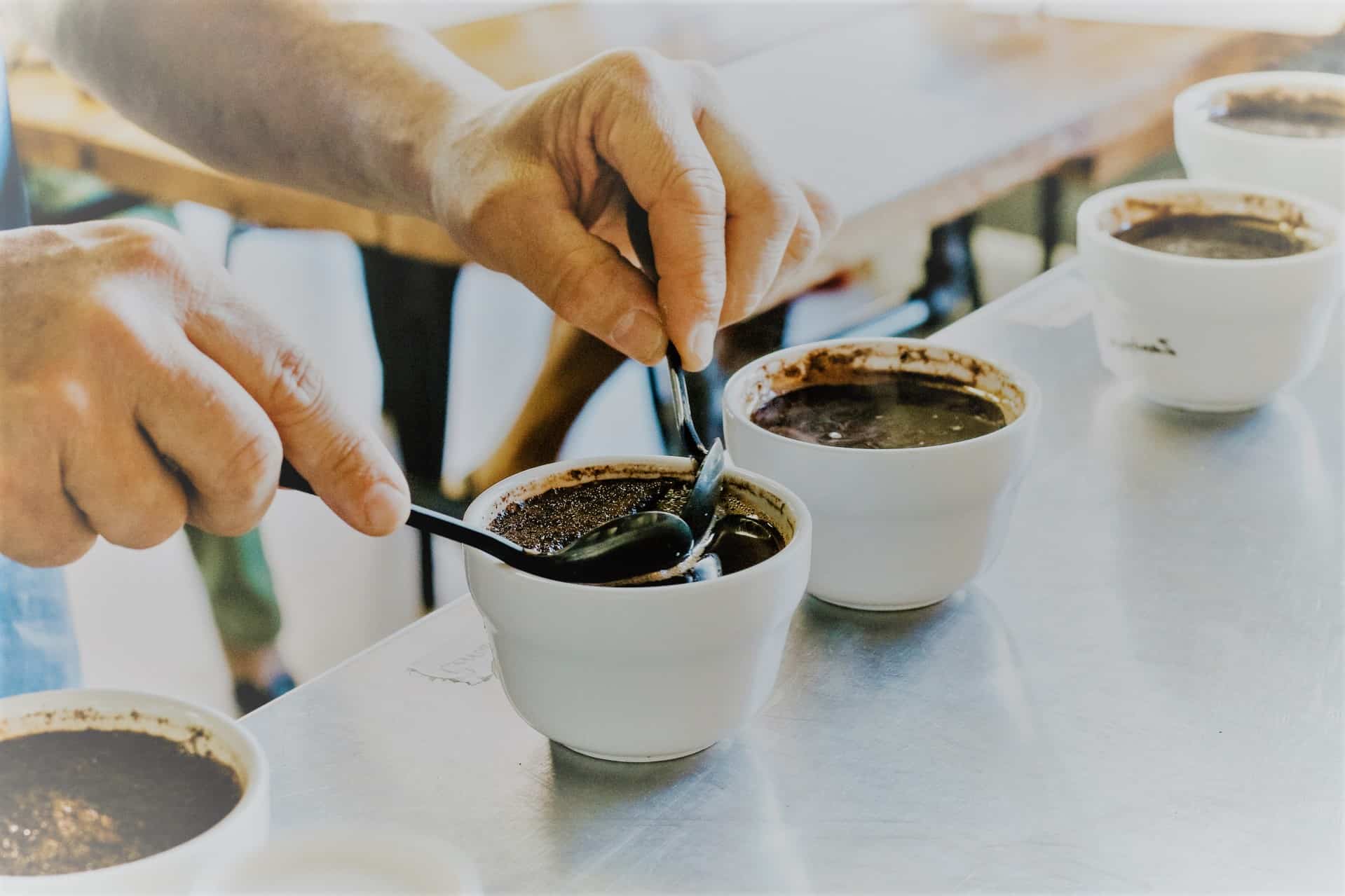Is Pour-Over Coffee Really Better Than A Coffee Maker? (The Non-Obvious Case For Each)

If you're newer to specialty coffee ("the good stuff"), it probably didn't take long to realize that pour-over brewing is the method of choice.
Compared to filling up the old Mr. Coffee, pour-over brewing is cumbersome and finicky. All the gadgets--scales, grinders, and such--can get a little expensive, too. Yet all of us coffee nerds swear by it!
So, you've probably wondered, why is pour-over coffee actually better?
Pour-over brewing can make better coffee that most automatic brewers, since it lets you control all the variables that affect brewing. However, it's more labor-intensive and less conducive to large batches. Pour-overs may be less consistent, too. Neither pour-overs nor automatic brewers create pressure, so they are not even comparable to espresso machines.
| Category | Winner |
| Volume | Coffee machine for large batches, but pour-over for small batches |
| Consistency | Coffee machine |
| Cost-effectiveness | Pour-over |
| Portability | Pour-over (or better yet, AeroPress) |
| Enjoyment of the process | Depends on your preferences |
For most coffee enthusiasts, it's worthwhile to get hands-on control of every aspect of brewing.
On the flip side, more things in your control are more things that can go wrong. But if you enjoy the process, then it's a fun hobby that yields great coffee.
So the real question isn't "which is better?" but "which is better for what?"
Or are they even all that different in the first place?
Time to find out!
Table of Contents
I'm an affiliate.
I hope my product recommendations make your life a little better! As a member of programs including Amazon Associates, I earn from qualifying purchases. If you do choose to purchase though links here, then I greatly appreciate your support!
What's really the difference between pour-overs and coffee makers?
Both methods involve a heap of coffee at a medium-ish grind, in a (usually) paper filter, that gets submerged in hot water. There are plenty of variations, but that's really the core of either method.
If they sound functionally the same, that's because--you guessed it--they are.
So it's not really a question of whether a pour-over or coffee machine ("batch brew," in coffee circles) is the better method. The real question is whether you and your kettle are a more precise and consistent coffee "machine" than, well, an actual coffee machine.
When is a coffee machine or pour-over the better choice?
Like any man-vs.-machine question, it comes down to four things:
- Volume
- Consistency
- Cost-effectiveness
- Portability
- Enjoyment of the process
Let's look at what these involve and which comes out on top.
Volume: coffee machine (large batches) or pour-over (single servings)
With the right pour-over device, it's easy to brew 5-10 cups in a single batch. The largest Hario V60 (available here) and Chemex (available here) are popular options that I'm personally fond of. As long as your kettle holds enough water (so you don't interrupt the brew to heat more), you can serve a table full of people at once.
Still, large batches require holding the kettle, perhaps refilling it, and attending to the brew for a long time. It is simply less effort with most coffee machines.
It's obviously a piece of cake to pour a single serving. At most, it requires an inexpensive second dripper for one-person batches.
That's similar to most household drip brewers, but a better conversation-starter!
For serious volume--think commercial or event settings--batch brewers are the only real choice. That's far outside the scope of home use, so we'll call it a draw.
Consistency: coffee machine (with some caveats)
When you switch on a coffee maker, you don't think about things like when to pour how much water, or where on the coffee bed to pour it. Manually, these take practice to get right, and much more practice to get consistently right.
Unless you enjoy the process itself, that's a clear advantage for the machine...mostly.
Like we saw above, many factors cause different coffees to extract differently. If you drink one and only one coffee, it's not much of an issue. But if you change it up, then fiddling with those parameters is the only way to get a brew you enjoy.
With automatic machines, that's either impossible (just set-and-forget) or wasteful (hard to experiment with single-cup servings).
The machine is obviously more consistent for a single thing or a range of a few settings. It's fair to call it the winner--with the caveat that, for coffee enthusiasts, consistency is not always helpful!
Cost-effectiveness: pour-over
Manual coffee makers start around $25 for something that, well, gives you coffee. These AmazonBasics and Black and Decker ones are as standard as it gets. However, like all inexpensive ones, they spray water over coffee in a simplistic way that cannot extract it evenly. They won't do a great coffee justice, but specialty coffee isn't the target market anyhow.
If you want to get close to your coffee's full potential, then it takes a more evolved design. That shows up at around $75-$100 for something like the Bonavita Metropolitan, but can exceed $300 for the formidable Moccamaster.
Pouring water for even extraction is surprisingly complex and precise. As mentioned above, it takes practice for a human to perfect. But it also a more sophisticated machine to replicate the motion and timing--and that's what the entry price of about $100 will get you.
Pour-over brewing comes in lower. You can expect the following:
- Roughly $40 for a decent gooseneck kettle like Bonavita makes (get it here)
- $20 for any kitchen scale with 1-gram precision
- Less than $10 for a plastic dripper like the Hario V60 (available here) or Melitta (available here).
For $70 all-in, plus patience and practice, you can brew coffee as well as any barista out there.
Since you pour just a few ounces at a time, you'll also waste few cups than a machine when dialing in a new coffee.
We'll call filters a wash, since both methods require them, of course. Same goes for grinders, since no machine or pour-over set-up will compensate for stale, pre-ground coffee!
The difference is not wide, but compared to a good (let alone top-notch) coffee machine, pour-over brewing does come out cheaper. Just beware of expensive GAS--that is, Gear Acquisition Syndrome--with your new hobby.
Portability: pour-over
The winner here is obvious. Hotel coffee is disappointing at best, and you never know if there's a good coffee shop around. It's a no-brainer to pack your bag with a compact pour-over kit (or better yet, an AeroPress, which I've reviewed here).
Of course, unless you're always on the road, they aren't mutually exclusive. Many people use a machine at home but keep their pour-over technique sharp for travel, too.
Enjoyment of the process: your call!
I saved this for last since it's 100% subjective. If you're a connoisseur of any sort of food or drink, you'll probably find pour-overs oddly satisfying--even a bit meditative. If a hands-on method just sounds like a headache, then drop a few extra bucks on a good machine, and call it a day.
Pour-Over Coffee: Better Taste, But Always Hands-On
Pour-over coffee has some trade-offs.
In the hands of a practiced (home) barista, it produces coffee that's as perfect as can be. On quality alone, the best machines can replicate it, but none can categorically beat it. It's also a quick, cheap, portable, and (to some of us) highly enjoyable method.
It's also more work, and it's easy to understand why other folks just don't enjoy it.
Fortunately, good coffee machines abound, but you might need to look beyond your local Target or Bed Bath & Beyond to find them.
P.S. Whatever brewing method you like, the best way to appreciate and enjoy it is to explore all the great roasts you can. And the best way to find the good ones is with a tasting flight subscription like Angels' Cup.
Check out my review here. Not to spoil any surprises, but the way they prepare each tasting is especially cool.




